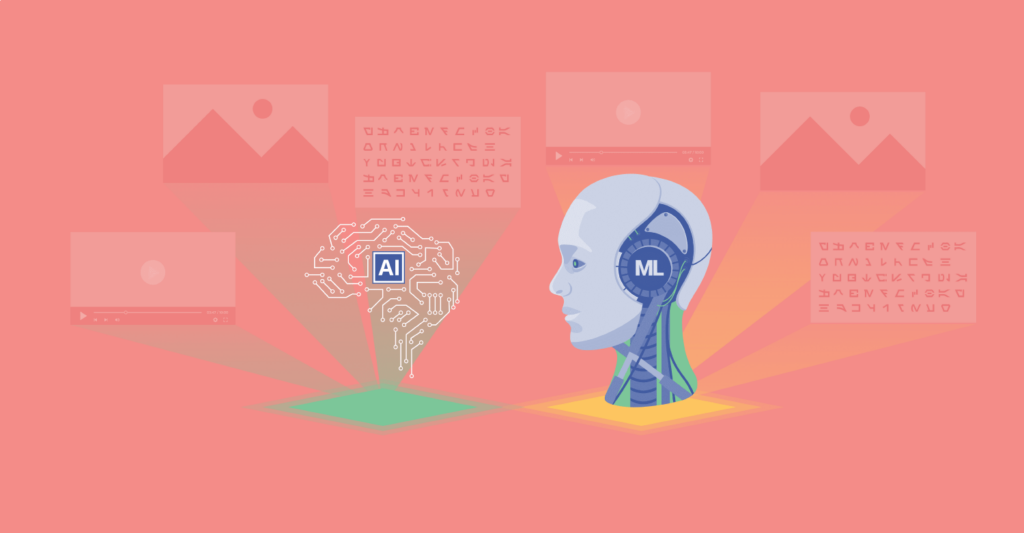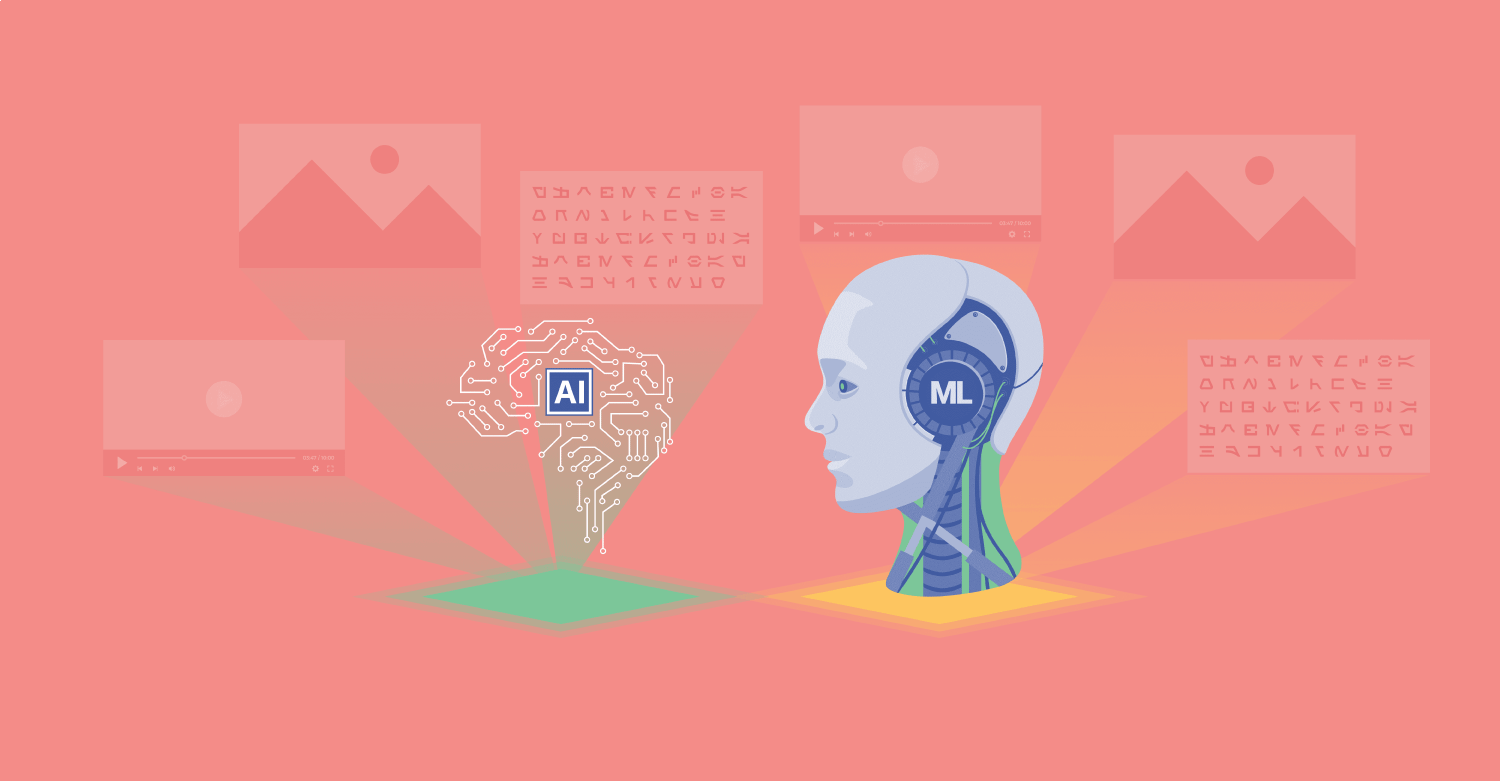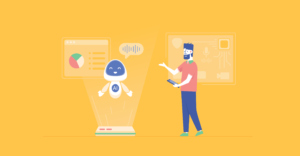The Difference between ML and AI
Over the past few years, with every new and exciting product, the terms “machine learning” and “artificial intelligence” have increasingly been thrown about. As a result, puzzled consumers everywhere are often left to wonder if they’re really just buzzwords for the exact same thing. But could that actually be the case? After all, last time we checked, neither Siri nor Alexa were anywhere near the exceptional capabilities of Jarvis from Iron Man, or the solemn, ghoulish precogs in Spielberg’s Minority Report. So what gives, tech world? Let’s investigate the AI vs Machine Learning enigma.

Machine Learning Is Not AI
While “artificial intelligence” is often used to denote what should technically be referred to as machine learning — notoriously, when marketers attempt to embellish their fairly standard products — this in no way implies that these concepts are unrelated.
Quite the opposite in fact, as even though both terms are most certainly divergent from one another, they are also intrinsically connected.
AI, or Where We’re Going
First coined back in 1956, artificial intelligence is the easiest concept to grasp, as we’ve all been hearing about it from the days of our formative youth. Essentially, the term refers to the as-yet-unknown technology that could eventually lead to human sentience in machines; or in other words, it is a purely theoretical idea of where we believe technology might take us.
This, however, is inescapably murky territory, as much of it still bases itself upon scientific (mis)conceptions and even pure speculation.
Will, for instance, artificial intelligence take the form of perceived cognition, in which machines respond to our day-to-day commands in a way that leaves us with the distinct — but false — impression of true humanlike consciousness, or will it actually develop clearly anthropomorphic characteristics, such as emotions, self-awareness and intuition?
Of course, neither of these scenarios have ever been fully generated, but this does not mean that we haven’t been trying!
ML, or Where We Are
That leads us to machine learning, which may essentially be explained as where we currently stand in our quest towards achieving actual artificial intelligence.
This is because at the moment, though today’s algorithms successfully recognise specific images (i.e. facebook facial recognition), voice commands (Amazon Echo), as well as other selected patterns (automatic search engine suggestions), we are still completely limited to the data fed into our machines.
Nonetheless, through the use of so-called neural networks, ML strives to recreate the manner in which our brains are believed to function.
Google’s machine-learning powered DeepMind system, for instance, sensationally defeated the world’s best player of the ancient Chinese game of Go. What was not widely reported, however, is that had the board been changed to a smaller variety which the computer had not yet been trained to recognise, DeepMind would have suffered a humiliating defeat. After all, it possesses no true strategy, creativity or abstract thinking.
AI and Machine Learning Combined
One of the most prominent and recent examples of a combination of machine learning and AI techniques are DALL·E and ChatGPT.
DALL·E is an artificial intelligence engine developed by OpenAI, one of the leading AI research organisations. It creates custom images from textual descriptions. Given a natural language prompt, such as “a three-legged cat playing a banjo”, DALL·E generates a corresponding image, in this case, a cat with three legs holding a banjo. This engine is based on a transformer architecture and has been trained on a large dataset of images and textual descriptions, allowing it to generate diverse and high-quality images. DALL·E is a remarkable example of how AI can be used to generate creative content and has the potential to revolutionise fields such as graphic design, advertising, and entertainment.
ChatGPT, on the other hand, is a language model developed by the same company. Called by many “a state-of-the-art”, it is based on the same transformer architecture, and has been trained on a massive dataset of over 45 terabytes of text, making it one of the largest language models in existence. This allows ChatGPT to generate human-like text responses and perform a wide range of language tasks, including question answering, translation, and summarisation. Additionally, its ability to fine-tune its parameters on smaller task-specific datasets makes it highly adaptable and versatile. ChatGPT has been widely used in various applications such as conversational agents, customer service, and content generation. With its advanced language capabilities and its ability to understand context and generate coherent responses, ChatGPT is considered to be one of the most prominent AI engines in the field of natural language processing.
AI vs Machine Learning: In Conclusion
So to sum it all up, despite the fact that you will often hear them used interchangeably, while machine learning algorithms aim to mimic the functions of the human brain through some clever, but very limited pattern recognition, artificial intelligence may accurately be described as the holy grail of technology — manlike behaviour and visible self-awareness in machines.
For this reason, though Software Planet Group will always be happy to bring you the very latest in machine learning innovation, at least for now, that spanking office Jarvis will just have to wait.



